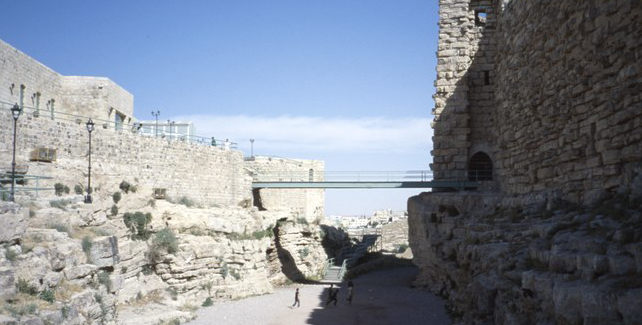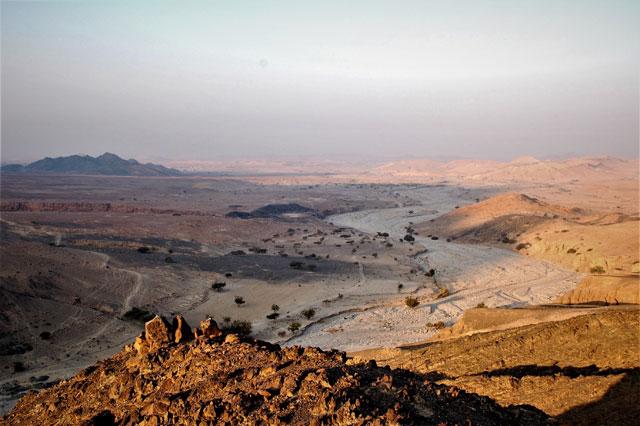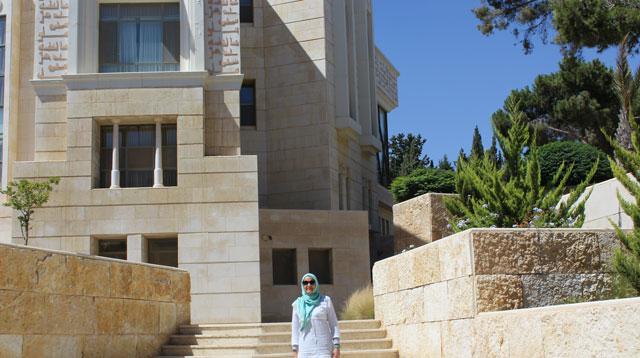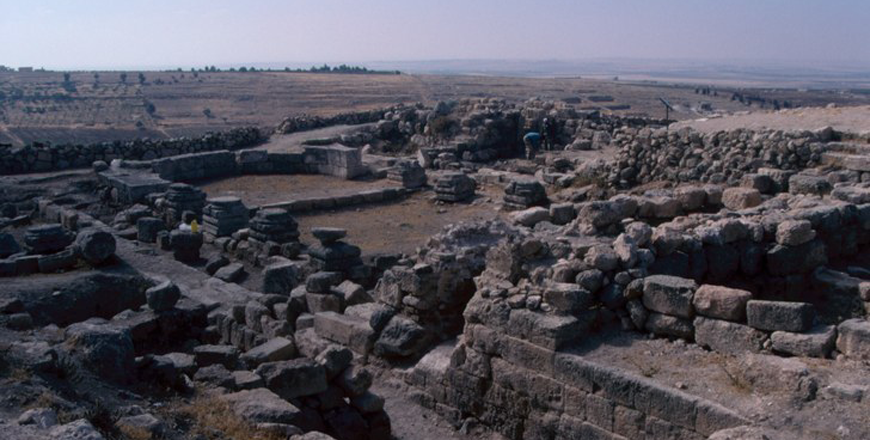You are here
Mamluks: Studying slave-warriors diversity, history
By Saeb Rawashdeh - Mar 17,2024 - Last updated at Mar 17,2024

A bridge between a visitor centre and the castle (Photo courtesy of ACOR)
Upbringing, training and promotion of the Mamluk was described in the works of a historian and theologian Al Maqrizi (1364-1442). He was a student of another important historian, Ibn Khaldoun (1332-1406) and mentioned that merchants would bring only the young Mamluks. Al Maqrizi wrote about Fatimid, Ayyubid and Mamluk dynasties.
Mamluk rule in Egypt and Syria is separated between Turkic or Bahri period (1250 and 1382) and Circassian or Burji period (1382 and 1517). That division is established based on predominant ethnic group which ran Mamluk military ranks.
The age of the Mamluk Sultanate is regarded as the period in which the “Mamluk principles”, were most clearly exercised. These principles included the Mamluk’s loyalty to his master, solidarity among Mamluks serving the same master and the concept of “one generation nobility”.
Karak Castle was a prominent Mamluk fortress of that period and young Mamluk aristocracy and sons of sultans used to serve there to learn how to run military and administrative affairs.
Some historians believe that during Mamluk reign the clan, blood and marital ties and bonds did not play a major role and that the ethnic solidarity was also of the marginal importance compared to relations within the Mamluk class.
“Furthermore, it has been argued that in this era the right to rule and hold key positions in the Sultanate was reserved exclusively for Mamluks and according to this argument, the ruling elite’s main characteristic was its Mamluk descent,” said Koby Yosef, historian specialised in Mamluk Studies, adding that all Mamluks were of elite status.
In his dissertation, Yosef has examined a variety of social ties of sultans and emirs in the period of the Mamluk Sultanate.
Contrary to above mentioned thesis on Mamluk meritocracy and ethnic neutrality, Yosef maintains that throughout the period, blood ties, marital ties, and ethnic solidarity were of greater importance than what is commonly thought in scholarly research. Not with standing this, significant changes are evident in the patterns of social ties upon the transition from the Turkish to the Circassian ruling class (1382–1517).
“Only under the later do we see the waning of the biological family, the decline of agnate lines, the enhanced prestige of pseudo-familial ties, and the erosion in the dynastic and hereditary principles,” Yosef noted, adding that he focused on relations between Mamluk relatives who dwelled within the same part of the empire and how they established their nepotistic network which led to the downfall of the dynasty in 1517.
Circassian period was characterised by bringing in larger groups of relatives into the Sultanate and appointing them to prominent positions within the army and the state administrations.
“According to Ayalon, during the second half of the fifteenth century, a large number of such relatives were brought into the Sultanate and received positions as emirs, without having to undergo military training. Ayalon even calls the second half of the Circassian period ‘the period of rule by brothers-in-law and relatives,” Yosef said.
Even among the military slaves, only the outstanding few succeeded in completely freeing themselves of their slave past, becoming members of a ruling elite with family attachments.
The other Mamluks, certainly, cannot be regarded as a proud elite of its slave status and they did not manage to climb to such high positions within the army and the administration.
Related Articles
AMMAN — “We do not possess enough primary sources about the contribution of the copper mining sector to the economy of the Ayyubid-Mamluk dy
AMMAN — Little attention has been paid to the early Ottoman era, but an abundant collection of documents and records could shed light on the
AMMAN — The Ottoman conquest of the Levant in 1517 had an impact on the economic models of the Mamluk dynasty that ruled the area from
















